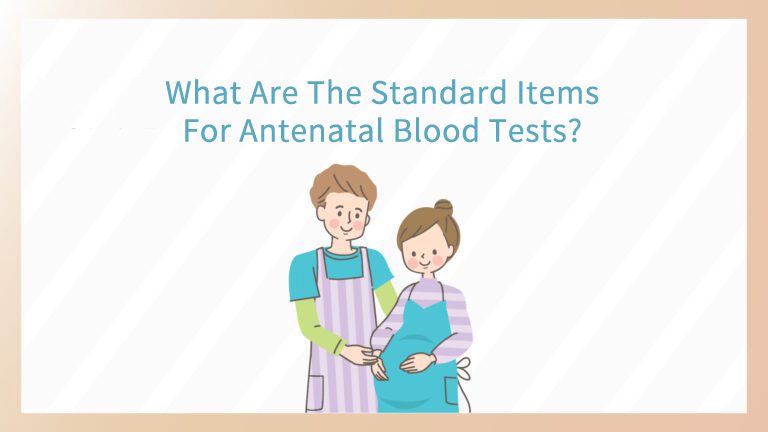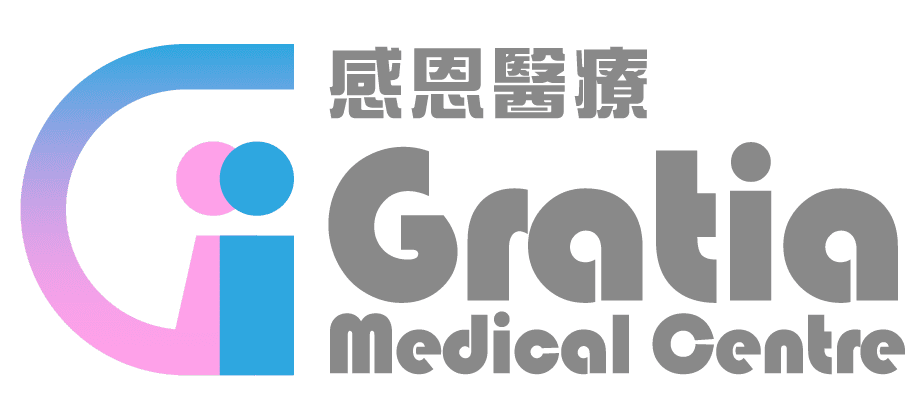Indication :
-
Previous caesarean section or myomectomy
-
CPD or slow progress
-
Failed induction
-
Malpresentation (Breech, oblique transverse lie)
-
Fetal distress or abnormal fetal well being
-
Macrosomia / Intrauterine Restriction
-
Previous uterine scar
-
Multiple Pregnancies
-
Pregnancy Induced Hypertension / Pre-eclampsia
-
Gestational Diabetes
-
Advanced Maternal Age
-
Self-request
Nature of operation
-
Regional / general anaesthesia
-
Suprapubic transverse skin incision
-
Peritoneal cavity entered
-
Bladder separated from uterus
-
Uterine incision
-
Delivery of baby (may use forceps) and placenta
-
Uterine wound and abdominal wound closed
Benefits of the procedure
-
For delivery of baby when vaginal delivery is not suitable and for well being of mother or baby
Other consequences after the Procedure
-
For classical Caesarean section, there is a definite need for future Caesarean
-
For lower segment caesarean section, there may be a need for future Caesarean
-
Higher risk of placenta praevia, placenta accreta, percreta in subsequent pregnancies.
Risks and complications may include, but are not limited to the following:
-
Anaesthetic complications e.g: nausea and vomiting, allergic reactions to medications, difficulty in breathing, lung infection. The anaesthetist will explain these risks to you again before the surgery. Regional Anaesthesia complications may include e.g: local discomfort, swelling and bruising, headache.
-
Bleeding, may need blood transfusion, or even pelvic vessel embolization or hysterectomy as a means of life-saving procedure when bleeding is uncontrolled
-
Injuries to adjacent organs e.g. bladder, rarely to ureters, bowels, may require further surgery.
-
Infection of the uterus
-
Wound complications such as infection, haematoma, gaped wound requiring resuture, or hernia
-
Deep vein thrombosis in patients with prolonged immobilization, obesity and those with risk factors. This problem is rare in Chinese population
-
Amniotic Fluid Embolism – is rare, occurring in one in 8,000 to 80,000 deliveries. The clinical picture develops with stunning rapidity. The amniotic fluid enters the circulation system, and produces a massive perfusion failure, massive bleeding and shock. Death rate can be up to 70%.
-
Accidental injury to infant, skin lacerations
-
Transient tachypnoea of the newborn, respiratory distress syndrome
-
Perinatal anoxia
-
Birth injury: for example Fractures
Risks of not having the procedure
-
Well being of baby or mother may be affected if the procedure is delayed, and when vaginal delivery is not suitable
Possible alternatives
-
Vaginal delivery including waiting for spontaneous onset on labour or instrumental delivery by vacuum extraction or forceps
-
In breech presentation, one can consider external cephalic version. Trial of vaginal delivery for term breech carries a significantly higher neonatal morbidity and mortality.
-
In case of trial of scar, there is a small risk of scar rupture (around 1% for previous lower segment Caesarean; 4.7% for previous classical Caesarean). More than 60% women have successful vaginal delivery. Failing this, one will need an emergency Caesarean section
Other associated procedures which may become necessary during the procedure
-
Blood transfusion
-
Embolization of pelvic vessels or hysterectomy as a life-saving procedure in case of uncontrolled bleeding
-
May perform surgery on tubes, ovaries or other adnexal organs if abnormality is found
Any special follow up
-
Postpartum check-up is required, just like the case of normal vaginal delivery






